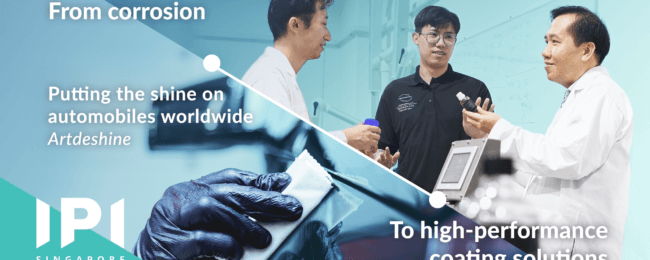Graphene Coatings vs. Ceramic Coatings: Which One Is Better?
Introduction:
The world of automotive coatings is one of saturation, wild claims, misinformation, the occasional gem and more misinformation (SCRATCH PROOF…Yeah, Okay). We’d like to think we’re a gem!.
Two major contenders in the market are graphene and ceramic coatings. While it’s tempting to jump to conclusions and declare one as the winner, the truth is that the choice between these two coating types depends on a range of variables and individual circumstances. In this blog post, we’ll explore some of the differences (and similarities) between graphene and ceramic coatings, discuss their respective benefits, and help you make an informed decision based on your needs. Hint: Neither is a clear winner and what’s best for you, will depend on a range of factors
The Science Behind Graphene and Ceramic Coatings
Graphene coatings are a subset of ceramic coatings, but they utilize the unique properties of graphene to enhance their performance. Ceramic coatings are typically made from a base of polysiloxane (PDMS) and other materials, while graphene coatings incorporate reduced graphene oxide (rGO) into the mix. This addition of rGO helps to improve the coating’s UV, chemical and corrosive resistance whilst boosting etching reduction among other benefits.
The use of rGO in graphene coatings leverages the remarkable strength and flexibility of graphene, a single layer of carbon atoms arranged in a hexagonal lattice. This allows graphene coatings to offer enhanced resistance to scratches, chemicals, and UV damage, setting them apart from traditional ceramic coatings. There’s oh so much more complexity to the topic, but we’ll leave that for a dedicated article.
Self-Healing Properties and Their Limitations
Self-healing coatings are designed to “heal” minor scratches and imperfections through the application of heat. However, it’s important to understand that these self-healing properties are not a cure-all solution. While they can help mitigate minor damage, they cannot repair deep scratches or extensive wear and tear.
Many coatings, including both graphene and ceramic varieties, have some degree of self-healing ability. When exposed to heat, the coating’s material can soften and redistribute, helping to fill in minor imperfections. Many coating brands have decided to use this as their primary branding technique in an attempt to differentiate themselves against competitors. The truth is, a majority of top shelf coatings including our own, such as our Nano Graphene Coating and Hybrid Graphene Coating are capable of doing just the same. We personally feel that using this so called ‘self-heal’ marketing strategy can be misleading to consumers whilst generating unrealistic expectations of what their coating can do. Hence, you won’t see us shouting from the roof tops that our coatings are self-healing…even though they are, just as much as the next.
Durability Claims and Real-World Performance
Manufacturers often make durability claims about their coatings, but it’s crucial to understand that real-world conditions can vary greatly. Factors such as climate, storage habits, and maintenance routines can all influence a coating’s lifespan and performance.
Artdeshine is committed to providing honest and realistic performance expectations for our coatings. We understand that no two customers or vehicles are the same, and we emphasize the importance of proper care and maintenance to ensure the best possible results from our products. We’re committed to the claims we make and offer a limited warranty on select, professional installed products. You can find more about our warranty here
A Generalised Look At The Coatings Market
Navigating the coatings market can be quite an adventure, with a wide variety of brands to choose from, each with their own unique offerings. Some companies focus on in-house innovation, while others opt for white-labelling existing products. Both approaches have their merits, but let’s explore what sets them apart in a friendly and humble manner.
Creating a coating may not be rocket science, but crafting one that truly stands out in the industry requires dedication, time, effort, and plenty of research and development. Many companies might not have the resources to invest in this level of commitment, which is why they choose to white-label coatings and create their own brands. These companies can still provide great products, and it’s essential to remember that they play an important role in the market.
On the other hand, the top-tier brands in the coatings industry usually manufacture their products in-house, allowing them to stay at the forefront of market trends, technological advancements, and customer needs. At Artdeshine, we take pride in formulating and manufacturing our coatings in our Singapore lab before distributing them globally
Conclusion:
Ultimately, there is no clear winner between graphene and ceramic coatings. The best choice for you depends on your specific needs, budget, and preferences. When selecting a coating, consider factors such as brand availability, price range, and the values that the brand represents. Artdeshine remains committed to delivering quality products and providing honest, conservative claims about our coatings’ performance. No matter which coating you choose, remember that proper care and maintenance are of the utmost importance in helping you get the most out of your investment.

